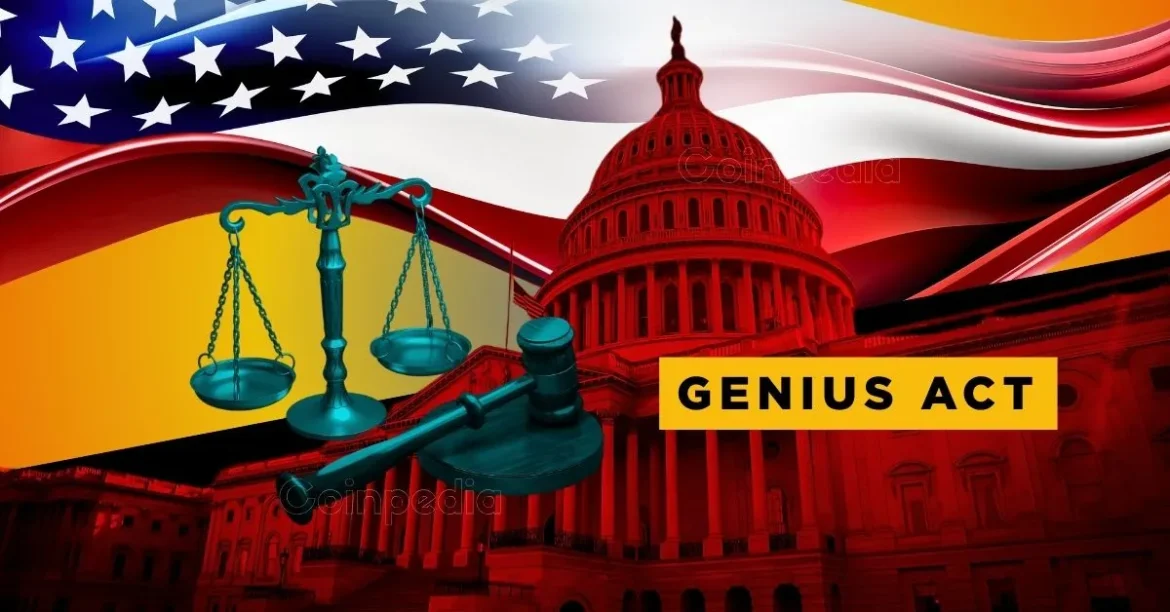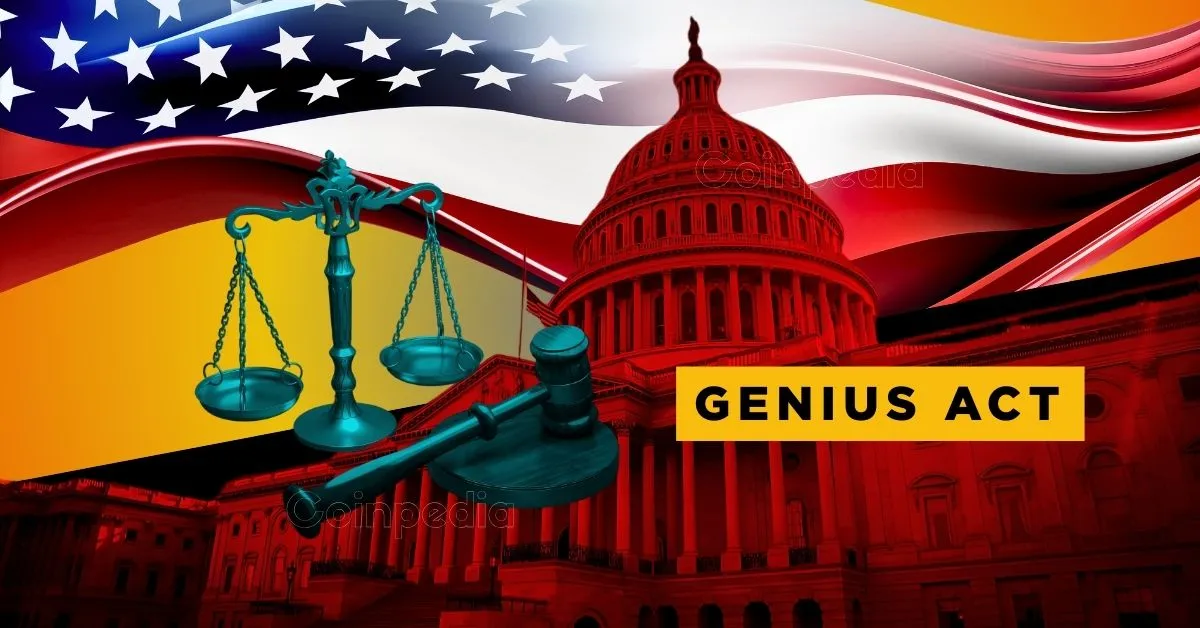The Emerging Role of Stablecoins in U.S. Treasury Demand: Insights from Scott Bessent
In recent disclosures and discussions, U.S. Treasury Secretary Scott Bessent has illuminated a transformative prospect within the nexus of digital assets and traditional finance, spotlighting stablecoins as pivotal to future financial dynamics. His forecast centers on a potential surge in U.S. Treasury demand tied to stablecoins, projecting an influx of approximately $2 trillion—a quantum leap from current figures. This projection is not merely a numerical forecast but signals a deeper evolution in how digital currencies could interface with sovereign debt markets, currency dominance, and regulatory frameworks.
—
Understanding Stablecoins and Their Financial Infrastructure Impact
Stablecoins are digital tokens typically pegged to a stable asset, often the U.S. dollar, designed to mitigate the notorious volatility that plagues many cryptocurrencies. By maintaining a consistent value, stablecoins serve as reliable vehicles for transactions, remittances, and reserves in the digital economy. Crucially, many stablecoins back their tokens with U.S. Treasury securities and money market funds, directly linking their demand to government debt instruments.
Currently, the demand for U.S. Treasuries from stablecoins stands around $300 billion. Bessent envisions this figure swelling to $2 trillion over several years, a trajectory supported by projections from other financial heavyweights like BlackRock and JPMorgan, which anticipate a $2 trillion stablecoin market cap by 2028. This anticipated growth marks stablecoins as not just crypto instruments but significant players within sovereign debt markets.
—
Implications of a $2 Trillion Stablecoin-Induced Treasury Demand
Strengthening U.S. Dollar Dominance
Bessent emphasizes that a well-regulated expansion of stablecoins would buttress the U.S. dollar’s status as the world’s leading reserve currency. Stablecoins, by bridging digital finance with dollar-pegged assets, create new avenues for global liquidity anchored in U.S. sovereignty. This synergy safeguards the dollar against erosions of market share from alternative cryptocurrencies or foreign currencies, enhancing “dollar hegemony” through digital means.
Market Size and Global Comparisons
By 2028, with stablecoins potentially reaching $2 trillion, their Treasury holdings could eclipse those of major foreign holders like Japan and China, whose combined U.S. Treasury holdings approximate $1.9 trillion. This shift would reorient the composition of major Treasury investors, positioning digital asset markets and stablecoins as central pillars in global financial architecture.
—
Regulatory and Policy Factors Driving Growth
The forecast growth presupposes robust regulatory frameworks, particularly the imposition of high U.S. standards on anti-money laundering and digital asset governance. Bessent and Treasury officials stress that applying transparent, stringent regulations will foster institutional trust and market integrity, thereby catalyzing adoption and inflows into Treasury-backed stablecoins.
This pro-digital asset regulatory stance diverges markedly from prior months marked by regulatory uncertainty, setting the stage for a U.S.-centric global crypto ecosystem. Administration officials, including Bessent, advocate using stablecoins as tools for strategic financial leadership, legislative support, and technological innovation within Treasury instruments. Notably, the linkage between regulatory clarity and market expansion cannot be overstated: increased legislation encouraging stablecoin issuance and offering incentives, such as interest on stablecoin holdings, could exponentially enhance Treasury demand.
—
Broader Economic and Financial System Effects
Enhanced Treasury Market Liquidity
The infusion of stablecoin-driven demand could bring unmatched liquidity to the Treasury market. Tokenization and digitization of Treasury securities make them more accessible and tradeable around the clock, facilitating smoother government funding and investor participation worldwide. The digitized demand from stablecoins might stabilize yields and augment the Treasury market’s depth.
Financial Inclusion and Innovation
Stablecoins hold promise for democratizing access to dollar-based assets beyond traditional banking spheres, especially in emerging markets or fintech ecosystems. By tethering stablecoins to U.S. Treasuries, the U.S. could leverage financial innovation to extend economic participation while reinforcing fiscal influence.
—
Challenges and Considerations
While the outlook is promising, this transition carries challenges:
– Regulatory Coordination: Aligning multiple agencies and stakeholders to develop cohesive, technology-sensitive regulation remains complex.
– Market Risks: The size of stablecoin holdings in Treasuries could introduce systemic liquidity risks if not carefully monitored.
– Technological Infrastructure: Ensuring secure, transparent, and scalable infrastructure for tokenized Treasuries is essential for trust and operational resilience.
—
Conclusion: A New Frontier in Sovereign Finance
Scott Bessent’s projection of a $2 trillion stablecoin-driven demand for U.S. Treasuries heralds a profound shift at the crossroads of digital innovation and state finance. If realized, it will not only reshape how governments raise funds but also redefine the U.S. dollar’s role within the global economy. Stablecoins could become the digital lynchpin securing the dollar’s global dominance, driving treasury market liquidity, and promoting financial modernization.
This scenario underscores a pivotal moment: embracing stablecoins with thoughtful regulation and strategic foresight could turn digital currency from a disruptive novelty into a foundational financial instrument. The coming years may witness stablecoins not as peripheral crypto-assets but as integral drivers of sovereign finance and economic hegemony.





